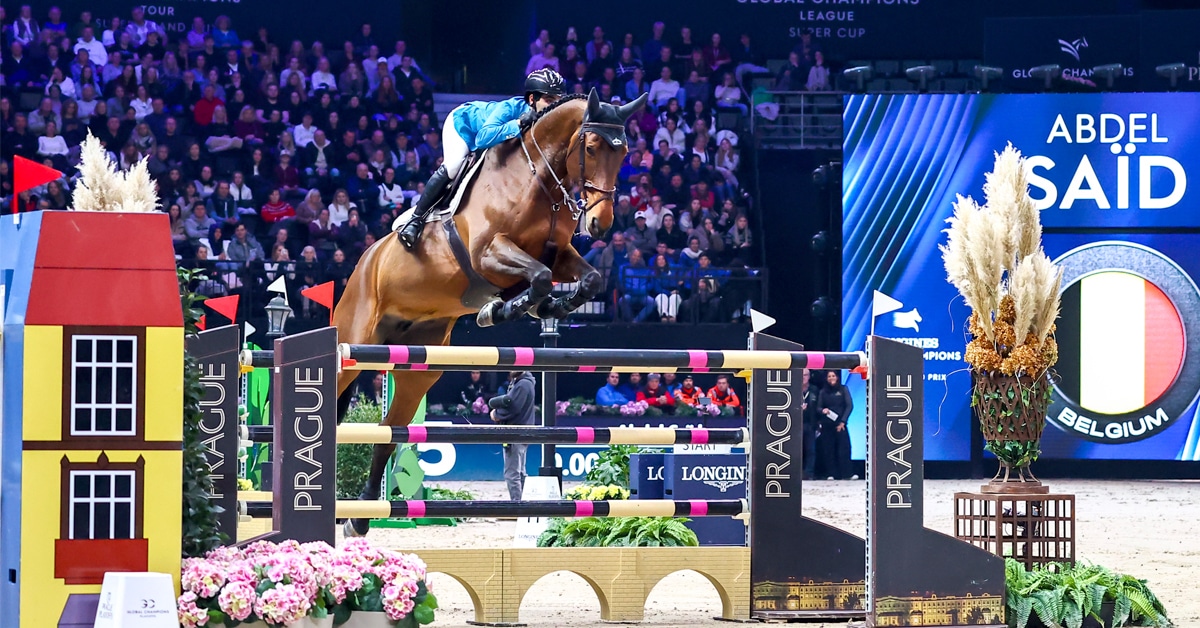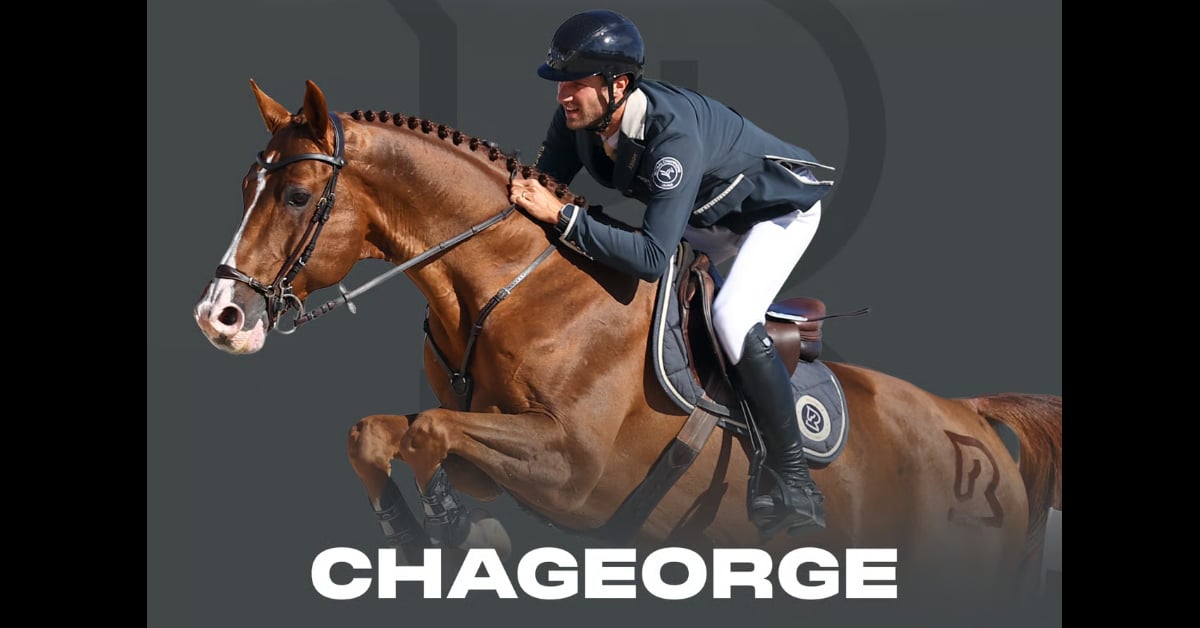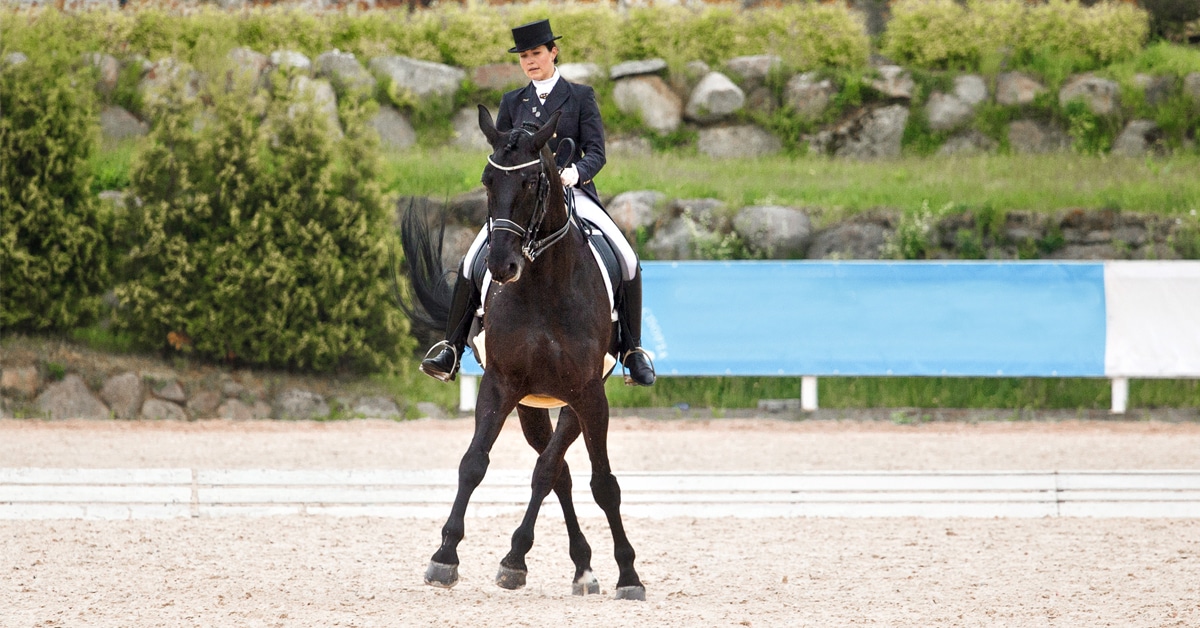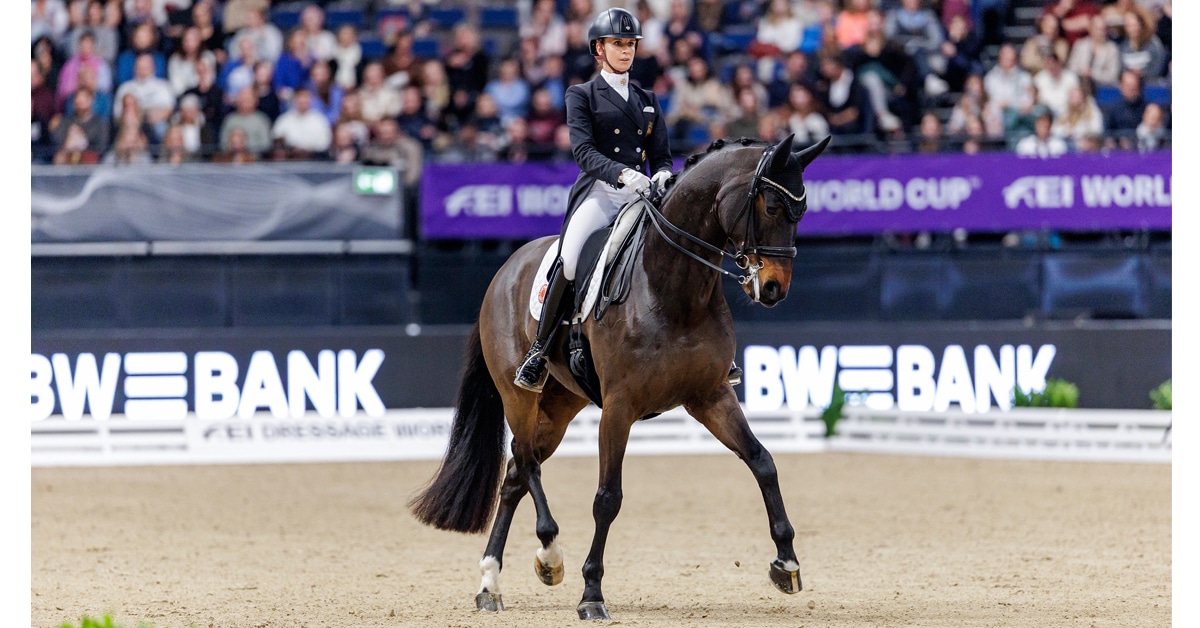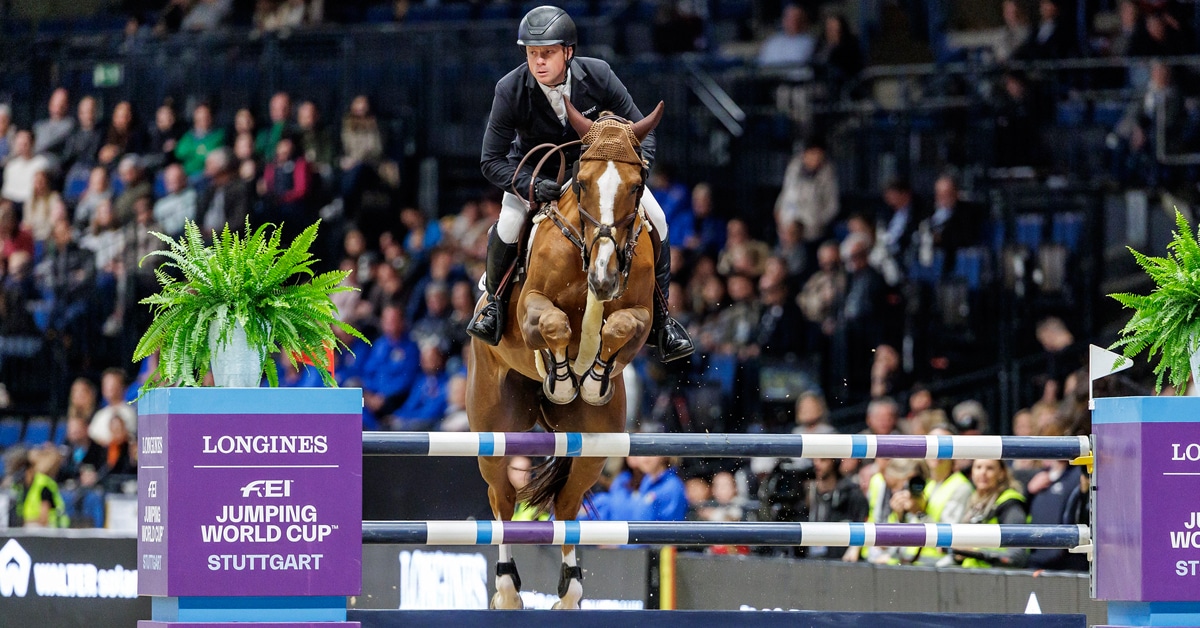Banned anabolic steroid stanozolol is widely used in Italy, with jumping riders simply relying on their vets to prevent any anti-doping violations, it has been alleged.
These assertions were made to the FEI Tribunal by Italian rider Valentina Isoardi in defence of her boyfriend, 26-year-old Giacomo Bassi. Bassi was suspended the minimum two years for a banned substance violation, after stanozolol and ketoprofen positives were returned by Cenerado at the CSI3* Gorla Minore on March 12th last year.
The use of stanozolol is also a criminal offence in Italy, though it is a component of Stargate, which Bassi said was administered to Cenerado with his consent four times between November 30 and December 21, 2016.
Bassi was also fined CHF 4,000 (Swiss francs) and ordered to pay CHF2,500 costs. However, Tribunal also heard that Stargate and its sister product Sungate were actively promoted in Italy by pharmaceutical company ACME through sponsorship, among others, of Bassi and the Italian equestrian federation itself. While “astonished” at Bassi’s lack of knowledge, when deciding the term of his suspension Tribunal took into account ACME’s history of recommending their stanozolol products to him. It also accepted Bassi’s pledge to help “sensitise” fellow riders about anti-doping rules.
Bassi said his was “a fault of excessive trust” in his former sponsor and his vet. “Doping does not represent me, I am truly sorry for what happened and I can guarantee that it won’t happen again.”
ACME has since made a legal challenge about the status of stanozolol on the Equine Anti-Doping prohibited list.
Cenerado, now aged 11, joined Bassi’s stables in 2013 and was treated for “slight lameness” initially but thereafter “was always sound.” But in November 2016 “he got lame.” Vet Dr Tampieri had previously treated Cenerado with Sungate in Bassi’s presence and decided to administer the “stronger version” Stargate since the horse was in a “worse situation.”
Dr Tampieri administered the first injection and showed Bassi’s groom how to perform the subsequent injections, because Bassi would be away.
Neither Bassi nor Isoardi knew about stanozolol, or much about FEI anti-doping rules until notified of this offence, they testified. Isoardi, who also described herself as the stable’s administrator, added that most fellow riders “were just relying on what their veterinarians told them, and had not much knowledge about the anti-doping rules, or detection times. “
Bassi said the ketoprofen (a controlled anti-inflammatory) was injected intravenously by vet Dr Gaia Mosconi on the evening March 5th. She confirmed her diagnosis of “fever due to fatigue.”
ACME submitted an argument about the clinical merits of stanozolol for horses “affected by bilateral chronic desmitis of the fetlock suspensory ligament.” But the FEI responded that stanozolol is also “one of the anabolic steroids commonly used to increase performance” going back to the Ben Johnson incident at the 1988 Olympic Games, which is why it is banned by so many sporting agencies.
Tribunal added that this “does not concern a case of not allowing sufficient detection or withdrawal times.
“Banned Substances, such as stanozolol, shall never be found in any competition horse. It is, therefore, irrelevant whether or not the suggested detection/withdrawal times have been followed by the person responsible (PR).
“The Tribunal is astonished that the PR, who has been riding in FEI competitions since 2006, was not aware of the EADCMRs [anti-doping rules] until the case at hand arose. The PR’s claim that he is more responsible than other riders in Italy, and that other riders in Italy seem to have no knowledge regarding the EADCMRs either, cannot be accepted as a valid excuse.”
More News


